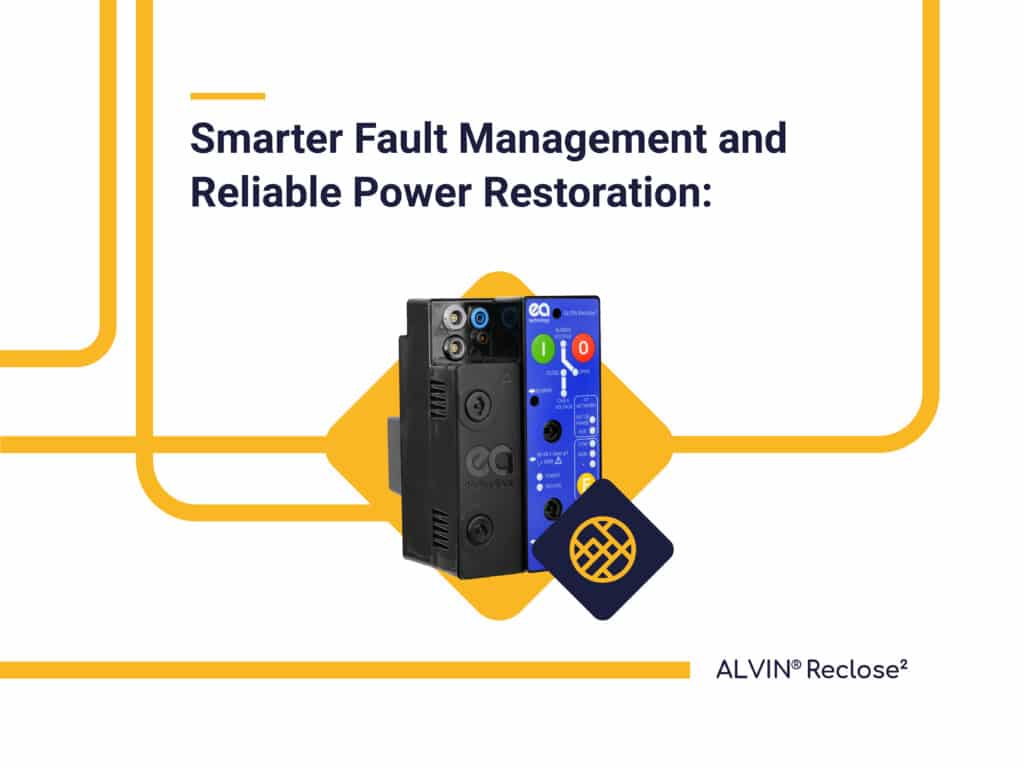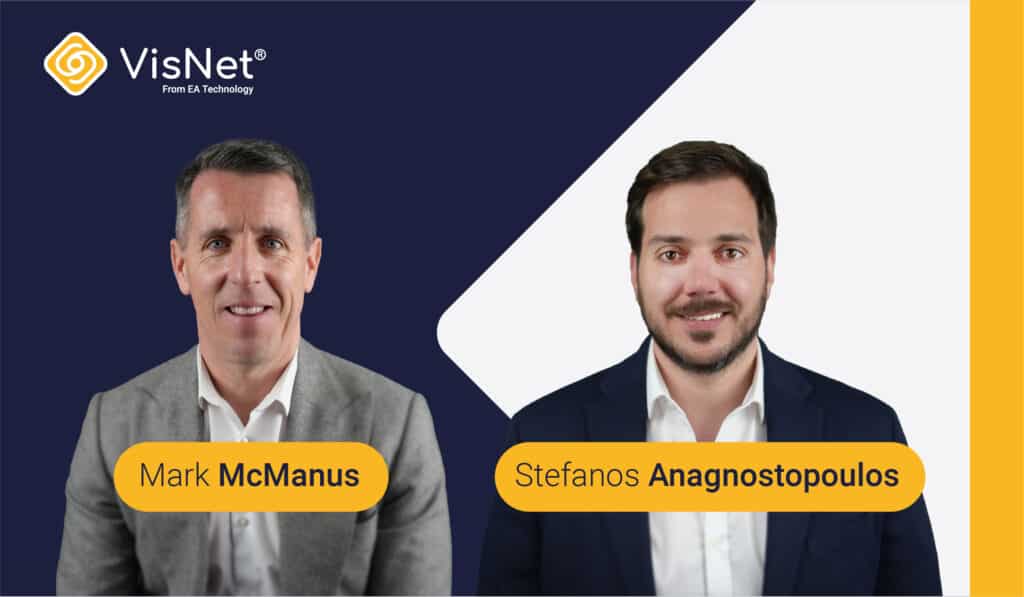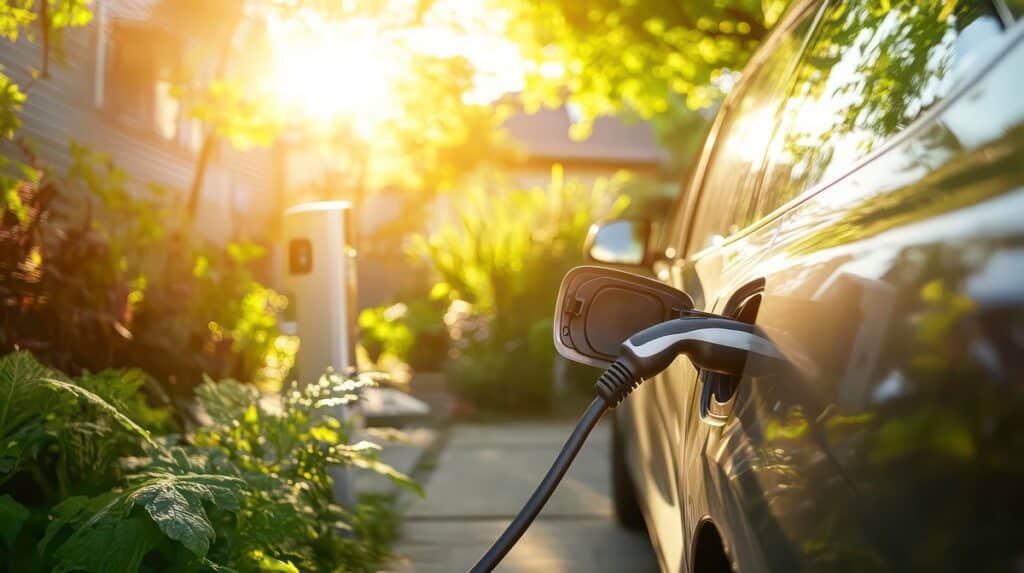The ever-evolving landscape of technology calls for a transformational approach rather than a slow and steady progress.
Successfully meeting the challenges faced by today’s networks requires a significant paradigm shift, where businesses need to embrace change at every level of operations. The process of becoming future-ready has a profound impact on how decisions are made and how resources are allocated. While there are several areas of concern, the heart of the matter lies in low-voltage hardware. Overcoming these fundamental challenges demands expertise and a forward-thinking mindset. As businesses work towards modernising their networks, they must take into consideration the intricate details of their infrastructure and take an innovative approach to tackle these problems effectively. We take a look at some of the key issues…
Beyond the need to still have “transmission for the transition” for large-scale renewables, many challenges come from the need to accommodate domestic customers’ adoption of low-carbon technologies (LCTs). Whether people are connecting their electric vehicles (EVs) and electrifying their heating, or they’re connecting their behind-the-meter storage systems and everything else… down at that low voltage end is where we’re seeing the most significant change at the moment.
Readiness for mass EV uptake
The move towards electric vehicles as a means to tackle climate change is gaining momentum in the UK, with millions expected on the roads by 2030. However, as we currently only have around 200,000 EVs in the country, the question arises: how do we prepare for the inevitable surge in demand? As a network operator, the challenge is to ensure that infrastructure is able to keep pace with the burgeoning shift to EVs. It is essential that system migration toward EVs is seen as an enabler, not a barrier, towards a carbon-neutral future. This requires forethought, investment in infrastructure, and an ability to anticipate and manage the surge in demand that is sure to come. The time to get ready for the bow wave is now.
The role of data
So what sort of systems are involved? There’s a lot around data and digitalisation going on right now, which needs to continue. There’s been some great work in the UK by the likes of the Energy Data Taskforce, talking about the presumed open nature of data. There’s a lot here that we can share from the UK with other countries about using open data to facilitate the best choices both from a network investment perspective and a consumer perspective. That means sharing with the consumer what’s going on to allow them to make their own choices in an informed way, rather than trying to force certain decisions upon them.
Embracing what we might call a distribution system operator (DSO) role moving forward, rather than a distribution network operator (DNO) role that we have today, is about creating dynamic operating envelopes. Increasingly, we need more “joined-upness” between the network side, who understand how many amps and volts they’ve currently got in their system at a particular point and the other players in the market.
The aggregators and virtual power plant (VPP) operators, for example, have people lined up who are willing to offer flexible services to the grid. There needs to be something in the middle that then communicates between those two parties and says: here’s what we need, here’s what we’re looking for at the moment – what can you do for us, and how can you ensure the integrity of the network is maintained?
Interleaving those two different systems and engaging with the broader players in the value chain to enable that to happen is a huge opportunity area – and it’s going to be absolutely key for DSOs to be successful.
Enabling net zero – moving on from 20th-century tools
On the network side, it’s not just about operations and managing the network in real-time; it’s also about planning. So, if we’re going to have this bow wave of EVs and modern technology, not standing in the way and not slowing down the process for getting those EV charge points connected is going to be crucial. Having better tools and systems that can enable you to fast track those applications will be a key component of this.
We’ve recently had good news with an announcement from Ofgem of the £300M fund to enable green recovery, which is looking at getting more EV infrastructure into service stations and trunk roads, amongst other things.
We’ve also seen some network operators improving their tools and making the customer engagement side of things easier. For example, Northern Powergrid has introduced its Auto Design proposition, a project delivered by EA Technology. Auto Design lets people simply log on through a web portal, fill in their connection details and get an instant quote as to how much it would be to connect their EV charge point, their heat pump, their new house – whatever it might be. This is a significant improvement on having to write to the DNO and wait for all the studies and the response to come back. All those kind of tools that are enablers to do things more quickly are going to be critical to a successful net zero transition.
Energy and transport working together
Finally, it’s about bringing together the energy side and the transport side. Particularly with EVs, it’s about understanding the modelling, not just of amps and volts, but also of transport flows and dwell times and all the things you need when thinking about using charge points. One great initiative in this area, on which EA Technology is a partner, is SP Energy Networks’ Charge project, which brings those two circles of the Venn diagram together, and interleaves them into one all-encompassing tool that will vastly improve outcomes for charge-point operators, customers and networks.
The future of electric vehicles is quickly approaching, and it’s not just about creating cars with more advanced technology. It’s also about bringing together energy and transport sides in a way that is efficient and practical. This requires understanding all the different factors that come into play, including modelling the flow of transport and providing appropriate dwell times. Luckily, there are initiatives like the SP Energy Network Charge that are partnering with companies like VisNet and EA Technology to bring these circles of expertise together. By creating a comprehensive tool that incorporates both energy and transport factors, these organisations are setting the stage for improved outcomes for everyone involved in the charging process.








